INTRODUCTION
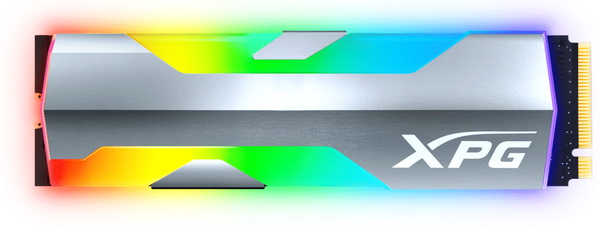
Most people reading these pages are probably more interested in the upcoming PCIe 5.0 (Gen5) M.2 NVMe SSDs and the current record holders (PCIe 4.0/Gen4) in terms of performance but there are always people out there looking for something far more, "basic". Of course, with the current pace things are going it's easy to forget that not everyone out there is after the top performance and/or capacity when it comes to storage devices (SSD in this particular case) and that's obviously why such models are not the focus of many reviews lately. Still there are countless such models out there including the XPG Spectrix S20G 500GB M.2 NVMe SSD by ADATA which landed on my desk not long ago.
XPG (XTREME PERFORMANCE GEAR) was established by ADATA to provide high-performance products to gamers, Esports pros, and tech enthusiasts. We are committed to developing products that deliver extreme performance and therefore work closely with the gaming and esports community to gain insight into the real needs of users. We provide a full range of products from systems, components, peripherals to devices, and create them with the highest standards of stability, reliability, and performance in mind. We also develop products with sheer cool designs that have earned us several prestigious international awards, such as iF Design and Good Design. Beyond products, we play an active role in sponsoring and supporting esports events and teams globally to realize extreme gaming experiences at the highest levels.
The XPG Spectrix S20G 500GB M.2 NVMe SSD is a PCIe 3.0 (Gen3x4) v1.3 model that follows the typical 2280 form factor (80mm in length and 22mm in width), is currently available in 500GB/1TB capacities and features a top aluminum heatsink complete with RGB lighting (compatible with all the major motherboard RGB sync technologies). Unfortunately, ADATA is a bit "cryptic" when it comes to the specifications of the S20G but they do state that it uses 3D NAND flash and that it can achieve read and write speeds of up to 2500MB/s and 1800MB/s respectively (160-190k for 4KB random IOPS). In terms of features the XPG Spectrix S20G packs LDPC (low density parity check) ECC Technology together with SLC Caching (pseudo-SLC), Host Memory Buffer (HMB), TRIM and AES 256-bit encryption. As for durability this is set at 300TBW for the 500GB model and 600TBW for the 1TB model both of which feature and MTBF (meantime between failures) of 2.000.000 hours and are covered by a 5-year limited warranty.
SPECIFICATIONS AND FEATURES

THE SPECTRIX S20G 500GB
ADATA packs the XPG Spectrix S20G inside a red box that has a large product picture at the front right under the main product features and next to its capacity.
A few words about the product along with contact information for ADATA and a large 2D barcode are located at the rear of the box.
The top of the Spectrix S20G is covered by a brushed aluminum heatsink that also has two pieces of plastic for its RGB lighting (according to my count it has 4 RGB LEDs per side - unfortunately the heatsink is not removable, not without damaging the drive).
Turning the drive over we find a long sticker with the model name, serial number, part number, barcode and several certifications printed on it (beneath the sticker there's room for NAND flash modules - probably for the 1TB version - and a tiny module which in my case had worn off letters and numbers so i couldn’t check to see what it’s for).
Here you can see how the Spectrix S20G looks when in operation (might not be the best looking RGB SSD but it does look very nice and certainly a lot better compared to regular non-RGB models).
TEST BED
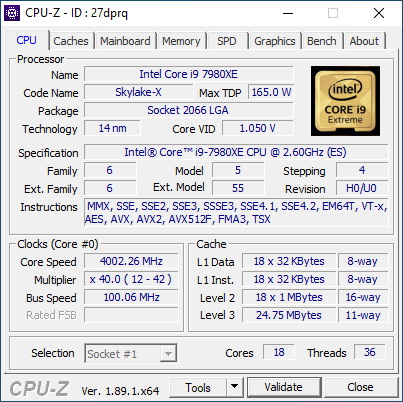

TESTING METHODOLOGY
Not long after I first started testing SSDs back in 2008, I concluded that it's almost impossible for any single benchmark suite to accurately measure their performance and that's why in certain benchmark suites we see amazing read/write performance numbers with some drives while in others things are quite different. The reason behind this is that some benchmarking suites are configured to read and write random chunks of data while others read and write constant (sequential) ones. So that's why i always use a very wide selection of benchmarking suites including AIDA64, HD Tach RW, HD Tune Pro, Crystal Disk Mark, Sisoftware Sandra Pro, AS SSD, IOmeter and ATTO. To get the most accurate results each test gets repeated a total of 6 times with the average performance numbers recorded into our charts*. Also, as of February 25th 2015 our results will also include the Storage Networking Industry Association’s (SNIA) IOMeter tests. These tests include a 12 Hour write test used to “simulate” performance degradation over time and a mixed workload test which basically shows what you can expect when using an SSD continuously for roughly two hours. Unfortunately, due to the time required for these tests we repeat them a total of 3 times and not 6 as the above.
Many people have made inquiries about our charts in the past so once again please do keep in mind that the Charts have the average performance numbers of each drive recorded and not the peak (highest) ones. Also, although every single one of these programs can help potential buyers choose the right drive for their needs you should also remember that from any kind of benchmark up to real world usage the gap is not small (and usually most differences will go unnoticed by most people). All tests were performed in a fresh Windows 10 Pro x64 installation complete with every update up to the date of this review.
* Since November 2018 the SSD comparison charts have been divided to 2.5” and M.2 models to reduce their growing size.
** Unless stated otherwise the Ryzen 9 3950x based Test Rig used for M.2 Gen 4 SSD reviews is not located in the lab.
*** As of January 2021 for Gen 3x4 models I’ll be using the Core i9-7980XE test rig (after numerous tests the up to 6% difference in read & write performance compared to the i7-6700 system simply wasn’t enough to justify having an extra test rig around).
TEST RESULTS - AIDA64 / ATTO


TEST RESULTS - HD TACH RW / HD TUNE PRO


TEST RESULTS - SISOFTWARE SANDRA PRO / CRYSTAL DISK MARK
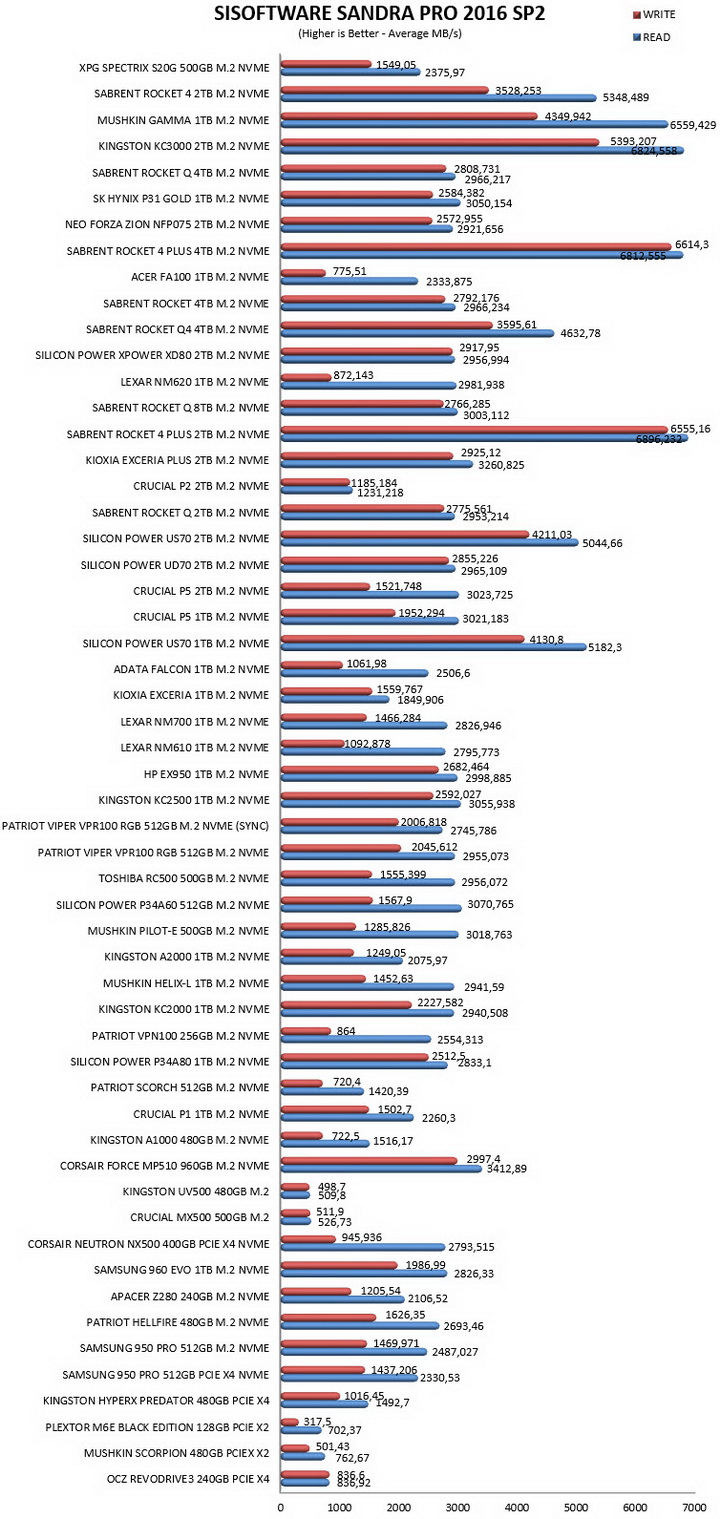

TEST RESULTS - AS SSD / IOMETER

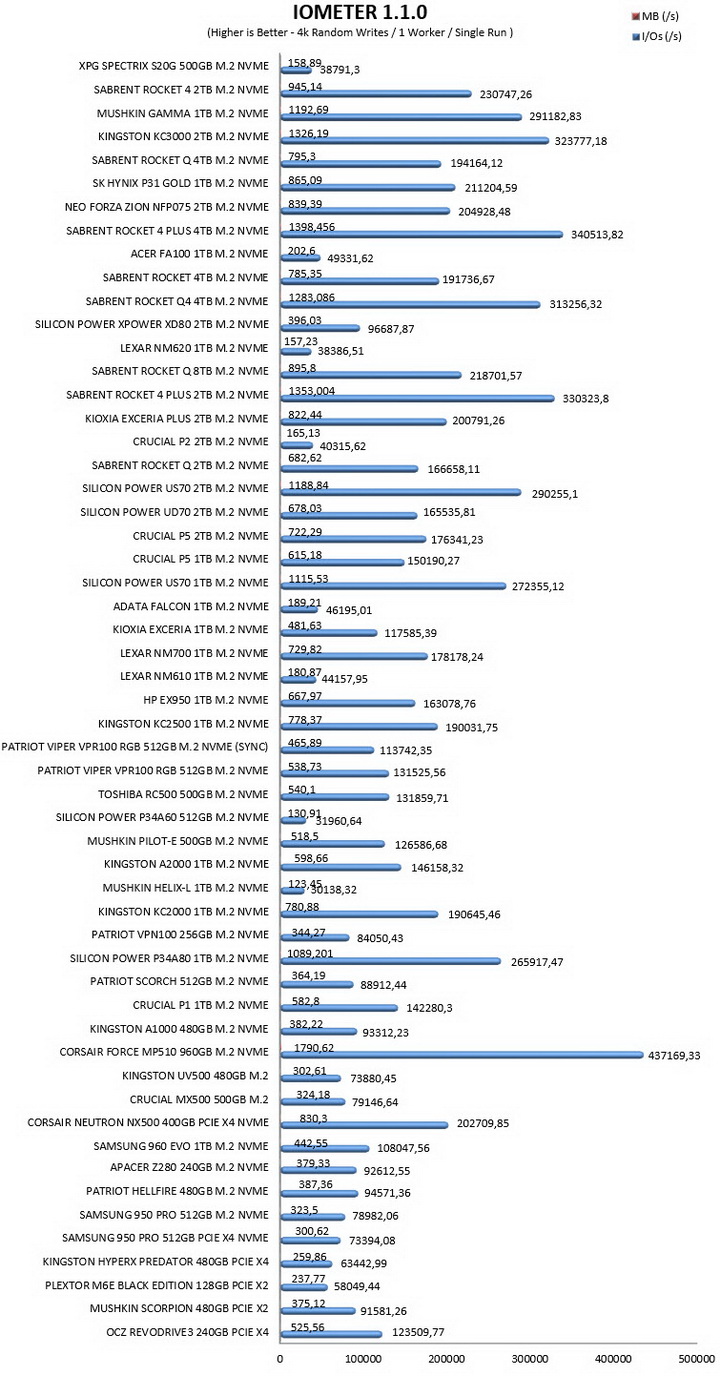
TEST RESULTS - IOMETER SNIA
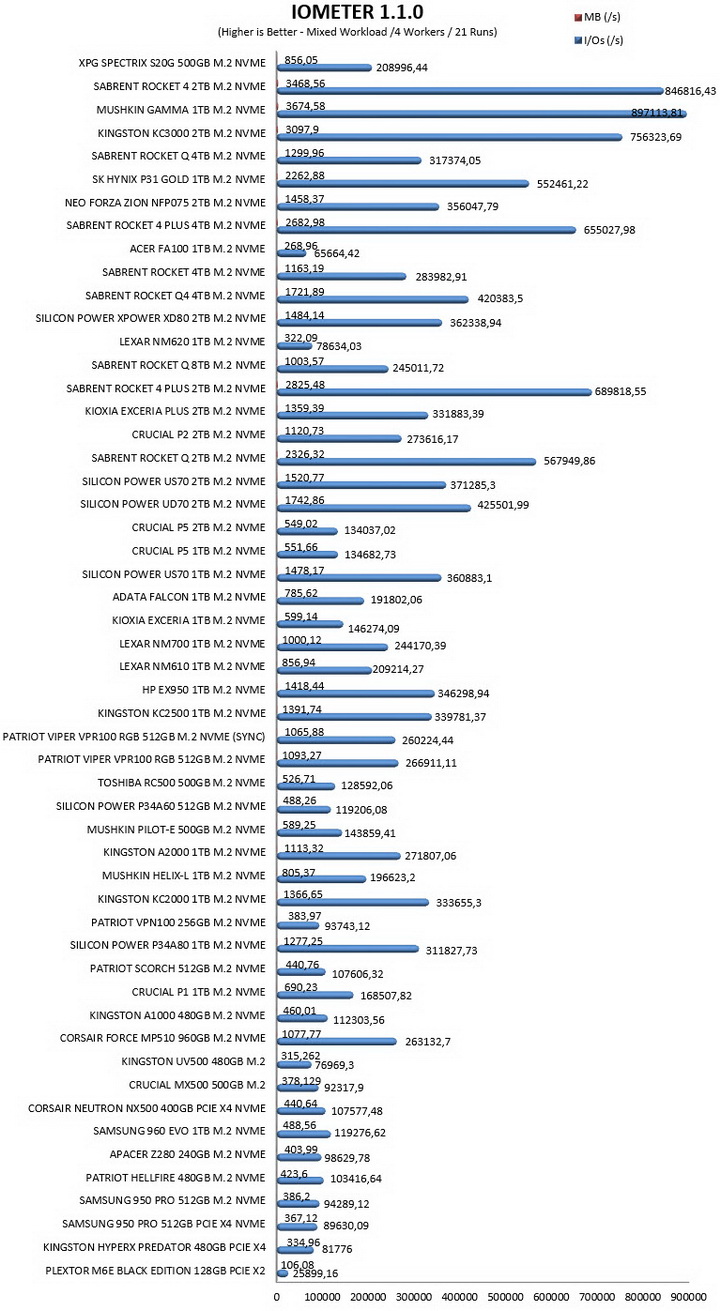
CONCLUSION
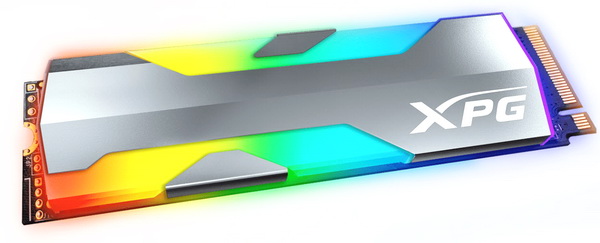
As it’s clear from the charts the XPG Spectrix S20G M.2 NVMe SSDs by ADATA are aimed towards the low-end segment of the market, meaning people who are just looking something faster compared to conventional 2.5” SATA III/600 SSDs. The good news is that although far from impressive the Spectrix S20G 500GB actually performs slightly better than advertised (ATTO tests surpassed 2000MB/s in writes and almost hit 2500MB/s in reads). On top of that the brushed aluminum heatsink does a good job keeping the drive cold (SNIA loads aside) and the 8 RGB LEDs look nice and will certainly improve the looks of any system this drive gets installed in.
I’ve said it numerous times in the past, price is usually what “saves” or “drops” low to mid-end products and since the ADATA XPG Spectrix S20G 500GB currently retails for just USD59.99 inside the USA (Amazon.com) and 67.54Euros inside the EU (Amazon.de) i don’t think that will be an issue for potential buyers. Yes, it may not offer nothing worth talking about in terms of performance but it’s still much faster compared to SATA III/600 SSDs, looks great and is covered by a 5-year limited warranty so if you’re in the market for a basic M.2 NVMe SSD i do recommend checking it out.
PROS
- Design (RGB Lighting)
- Passive Cooling (Large Brushed Aluminum Heatsink)
- 5 Year Limited Warranty
- Price (For Some)
CONS
- Performance
- Thermal Throttling (During Our SNIA Tests)
- Only Up To 1TB

 O-Sense
O-Sense





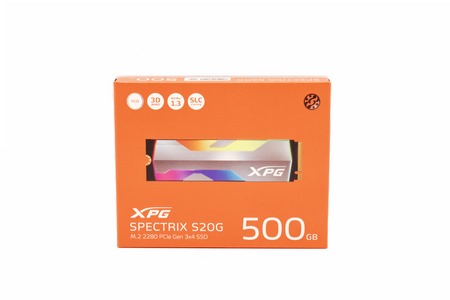
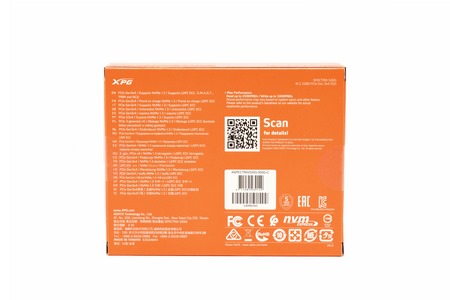
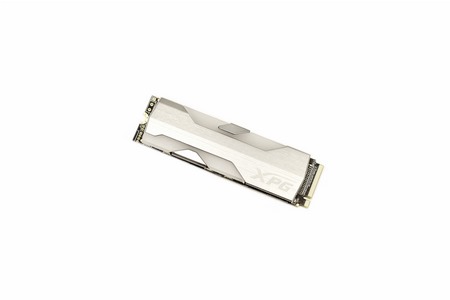
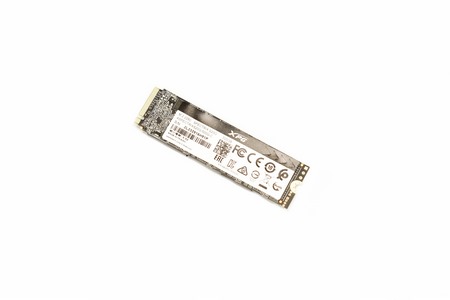
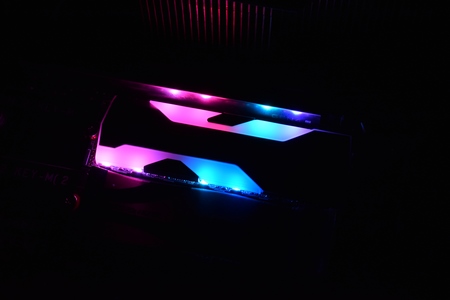
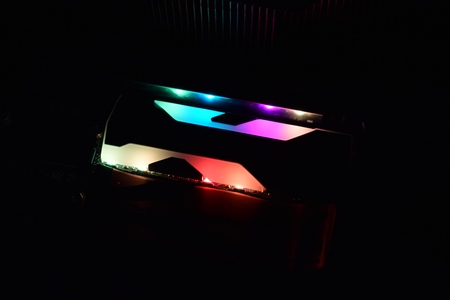
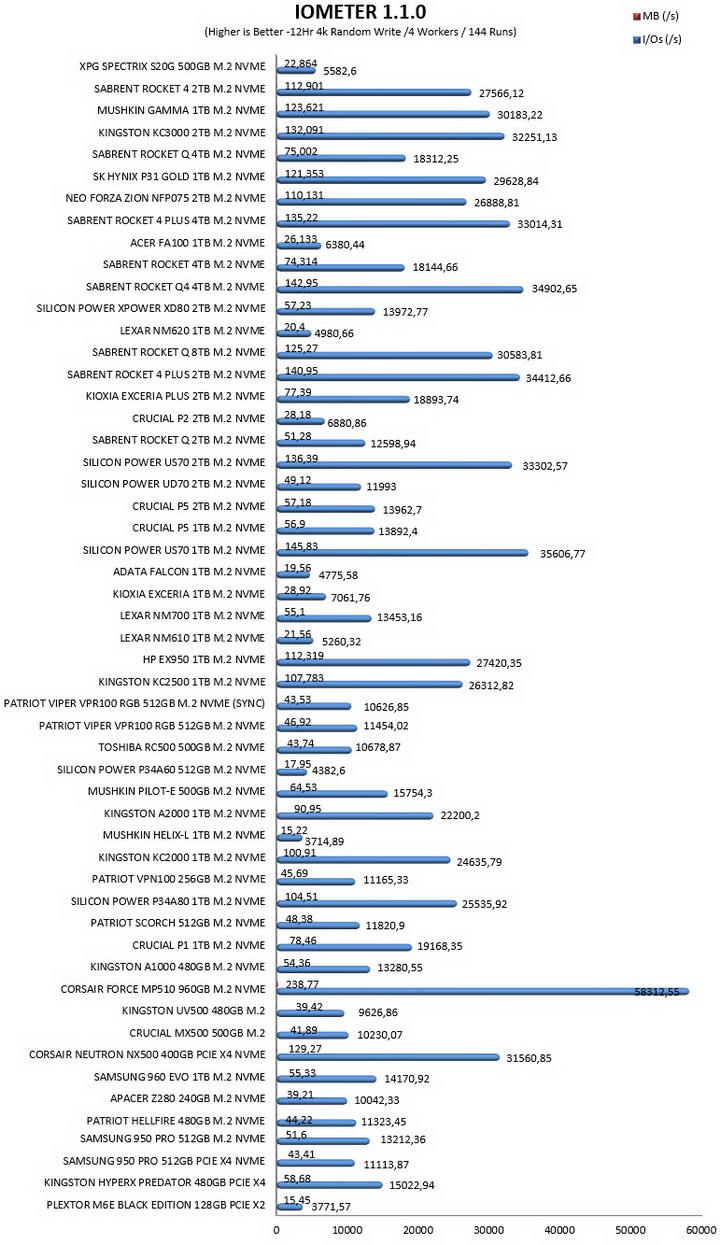
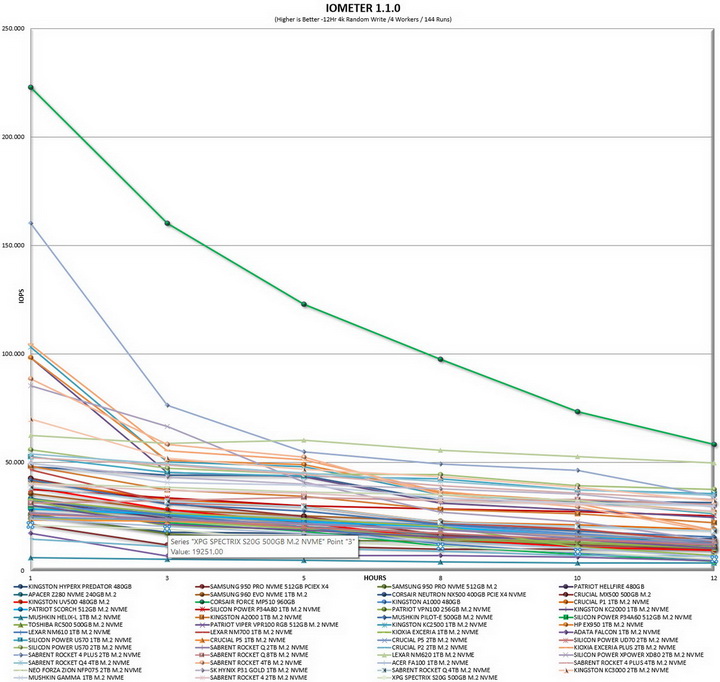


.png)

